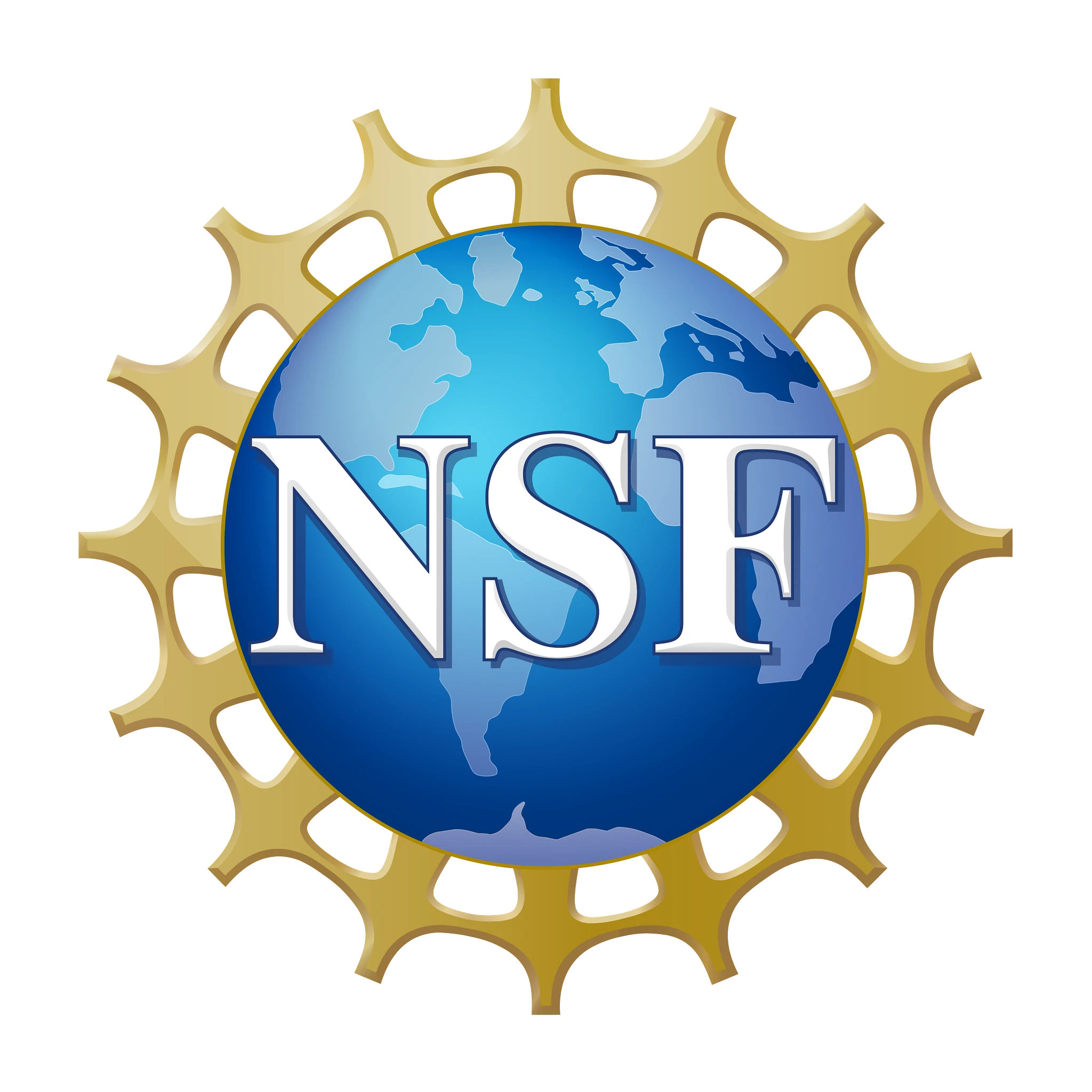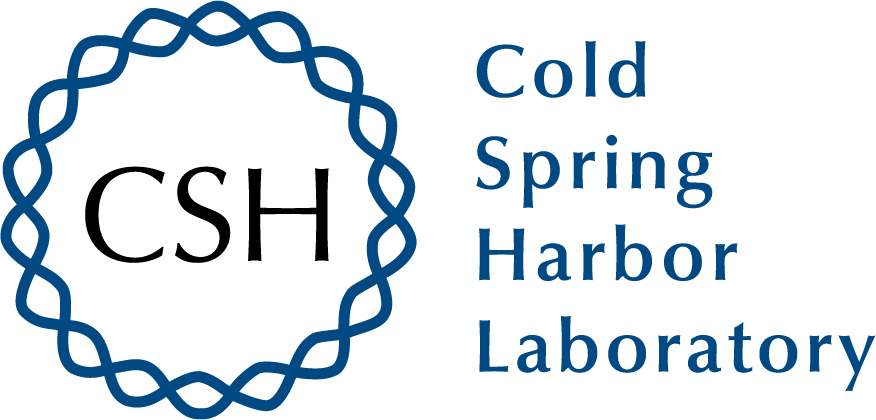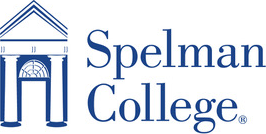Nanopore for Educators eBook
A community-developed guide to Nanopore sequencing in the classroom
Welcome
This eBook is a community-authored guide to integrating Oxford Nanopore DNA sequencing into hands-on educational experiences. For around $2000 in startup costs, students can start sequencing DNA using the same tools as cutting-edge researchers.
-
Nanopore Quick Start
Learn why Nanopore sequencing is the most classroom-friendly platform for research-grade DNA sequencing and course-based research experiences.
-
Save time and money
Curated equipment and reagent list, cost estimates, and planning guides.
-
Highly-annotated protocols
Educator-friendly protocols combine tips and detailed explanations.
-
Questions answered
Join our community! Get advice from an expert or an AI.
Why a guide for educators?
This guide is an educator-focused introduction to Nanopore DNA sequencing. Its primary goal is to share resources and approaches that make it easier to use Nanopore technology in the classroom, especially (but not exclusively) for course-based undergraduate research experiences (CUREs). Importantly, we aim to ensure that low-cost, easy-to-use DNA sequencing is accessible to institutions with fewer resources and to communities that haven't had full access to Science, Technology, Engineering, and Math (STEM) participation.
As a guide for educators, the content of this site is curated to focus on experiments and techniques well-suited for the classroom. We emphasize approaches that minimize costs and complexity, rather than those requiring the most well-equipped labs. Additionally, we aim to feature adaptable teaching resources (e.g., slides, lessons, protocols, videos, advice) to give educators a head start in developing their own teaching materials. The site is versioned to provide educators with a stable resource to rely on, even as updates are made.
What this guide is not
There are a few things to keep in mind when making use of this guide:
- This guide is not intended to replace or supersede official protocols or warranty agreements.
- It is not a publication of Oxford Nanopore Technologies. All content is contributed and curated by community members. While protocols and recommendations are tested, users assume all risks. We include, link to, and cite resources, including peer-reviewed articles for further exploration.
- The guide is not a comprehensive exploration of all the capabilities of the Nanopore sequencing. While we include experiments and techniques that can be successfully used by a wide range of educators, we do not cover every potential application.
Nanopore Network
We are a community you can join!
Connect with other like-minded educators interested in using Nanopore in the classroom. Join our Slack channel for realtime discussion and connect with us through QUBES, where we organize semester-long "faculty mentoring networks." These are regular meetings of faculty members who share knowledge and experience about integrating Nanopore into teaching, with a focus on CUREs.
Ask a question
Our experimental AI chatbot is trained on a variety of Nanopore reference materials, and peer-reviewed publications on Nanopore sequencing and undergraduate education. Ask a question to receive a synthesized answer, complete with references to the original sources. Please verify your understanding with a trusted source, as no AI bot can guarantee 100% accuracy.
Citation and licensing
Citation
Please use the following citation:
Williams, J., Feitzinger, A. A., Urdaneta-Colon, M., Agosto-Rivera, J., Melton, J., Seto, J., Goller, C., Lypaczewski, P., Dotson, J., Vázquez-Quiñones, L., Cohen, I. R., Duarte, T., Sandlin, K., Lazebnik, M., Roberts, M., Petracca, J., Bathula, Y., Brogun, D., Katcher, J., Parrish, K., Zimmerman, N. (2025). Nanopore for Educators eBook (April-2025); Cold Spring Harbor (NY). Available from: https://nanopore4edu.org. Zenodo. https://doi.org/10.5281/zenodo.15149655
Authors and affiliations
Jason J. Williams¹, Anna Alicja Feitzinger¹, Miguel A. Urdaneta-Colon², José L. Agosto-Rivera², James T. Melton III³, Jeremy Seto⁴, Carlos C. Goller⁵, Patrick Lypaczewski⁶, Jordan Dotson³, Luis E. Vázquez-Quiñones⁷, Ilana Ruth Cohen⁸, Trevor T. Duarte⁹, Katie M. Sandlin¹⁰, Maria B. Lazebnik¹¹, Mark A. J. Roberts¹², Jeffry Petracca¹, Yokshitha Bathula¹³, Dmitry Y. Brogun¹⁴, Jennifer Katcher¹⁵, Kaitlyn Parrish³, and Naupaka Zimmerman¹⁶. Nanopore for Educators eBook. Cold Spring Harbor (NY): Nanopore Network; Version April-2025. Available from: https://nanopore4edu.org; DOI: https://doi.org/10.5281/zenodo.15149655
¹ Cold Spring Harbor Laboratory, ² University of Puerto Rico, Río Piedras Campus, ³ Spelman College, ⁴ New York City College of Technology, City University of New York, ⁵ North Carolina State University, ⁶ McGill University, ⁷ Universidad Interamericana de Puerto Rico, Arecibo Campus, ⁸ City University of New York Graduate Center, ⁹ El Paso Community College, ¹⁰ Genomics Education Partnership, ¹¹ Bentley University, ¹² University of Oxford, ¹³ HudsonAlpha Institute for Biotechnology, ¹⁴ Kingsborough Community College, City University of New York, ¹⁵ Pima Community College, and ¹⁶ University of San Francisco.
Licensing
Unless otherwise noted, all information developed for an distributed through this site not separately attributed or under the terms of another license or usage agreement (e.g. publications and contributed resources) may be considered licensed under Creative Commons BY 4.0 Attribution 4.0 International. All information is presented for educational use and without warranty.
Funding acknowledgment, and declared interests
This material is based upon work supported by the National Science Foundation under Grant No. (DUE:2216349) as a Level-1 multi-institutional IUSE (Institutional and Community Transformation) project, we have assembled a diverse team of investigators to develop and test infrastructure to support genome science at three MSIs: New York City College of Technology, Spelman College, the University of Puerto Rico-Río Piedras. It is led by the Cold Spring Harbor Laboratory DNA Learning Center.
This site exclusively highlights the potential of Oxford Nanopore Sequencing because currently, it is the only DNA sequencing platform we believe provides an accessible and affordable hands-on platform for DNA sequencing by pre-college and college students. The authors declare no financial conflict of interest with Oxford Nanopore. At times, Oxford Nanopore has provided the authors and other educators with free or discounted materials exclusively for use in training and education as part of its educator discount program.
Declaration of generative AI and AI-assisted technologies in the writing process
During the preparation of this work the author(s) used OpenAI ChatGPT to generate summary content for various sections and for grammatical correction, proofreading, and formatting. After using this tool/service, the author(s) reviewed and edited the content as needed and take(s) full responsibility for the content of the publication.
 Funded by the U.S. National Science Foundation. Any opinions, findings, and conclusions or recommendations expressed in this material are those of the author(s) and do not necessarily reflect the views of the National Science Foundation. DUE:2216349
Funded by the U.S. National Science Foundation. Any opinions, findings, and conclusions or recommendations expressed in this material are those of the author(s) and do not necessarily reflect the views of the National Science Foundation. DUE:2216349



